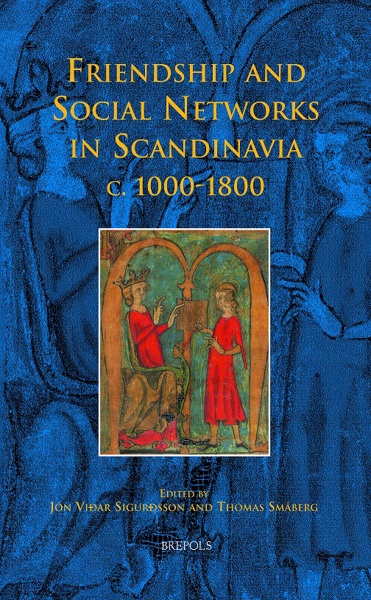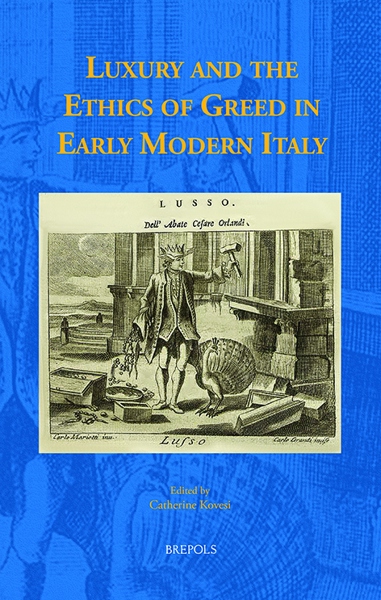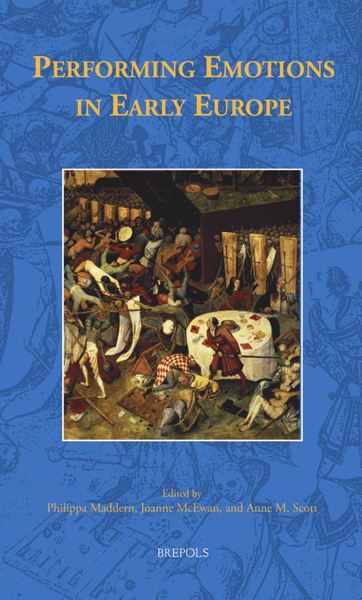
Rhetoric, Persuasion, and Teaching the Emotions in the Early Modern English Sermon, 1600–1642
Jennifer Clement
- Pages: 203 p.
- Size:156 x 234 mm
- Language(s):English
- Publication Year:2025
- € 80,00 EXCL. VAT RETAIL PRICE
- ISBN: 978-2-503-61432-8
- Hardback
- Available
- € 80,00 EXCL. VAT RETAIL PRICE
- ISBN: 978-2-503-61433-5
- E-book
- Available
This book contributes both to the history of the emotions and to an energetic scholarly field drawing attention to the literary and historical importance of the early modern sermon.
Jennifer Clement is a senior lecturer at the University of Queensland, Australia. She works primarily in the field of early modern English literature and religion, and her first book, Reading Humility in Early Modern England, was published in 2015. She has also published work on Shakespeare and film adaptation and early modern women writers.
The early seventeenth-century English sermon was the bestselling print genre of its time, and church preaching was more widely attended than any play. Jennifer Clement argues here that a major aim of these sermons was to teach people how to feel the right emotions — or, as preachers would have said at the time, the passions or affections — to lead a good Christian life. In the process, preachers took a primarily rhetorical approach to the emotions; that is, they used their sermons to define emotions and to encourage their listeners and readers actively to cultivate and shape their emotions in line with Scripture.
This study offers an overview of five key emotions — love, fear, anger, grief, and joy – in the sermons of key preachers such as John Donne, Richard Sibbes, Joseph Hall, Launcelot Andrewes, and others. It shows how these preachers engaged with contemporary treatises on the emotions as well as treatises on preaching to highlight the importance of the rhetorical, as opposed to the humoral, approach to understanding the emotions in a religious context. In addition, Clement reads sermons next to early seventeenth-century religious poetry by writers such as Donne, George Herbert, Amelia Lanyer, and Henry Vaughan to show how the emotional concerns of the sermons also appear in the poetry, reverberating beyond the pulpit.
Bringing together rhetorical theory, sermon studies, and the history of the emotions, Clement shows how the early seventeenth-century English sermon needs to inform our thinking about literature and its engagement with emotion in this period.
Introduction. Teaching How to Feel
Chapter 1. Love, Rhetorical Address, and Moving the Emotions
Chapter 2. The Blurred Boundaries of Fear and Love
Chapter 3. Anger is an Energy
Chapter 4. Grief and Mourning: Memento Mori and the Funeral Sermon
Chapter 5. The Joy of Holy Communion
Conclusion. Hating the Sinner
Bibliography
Index




